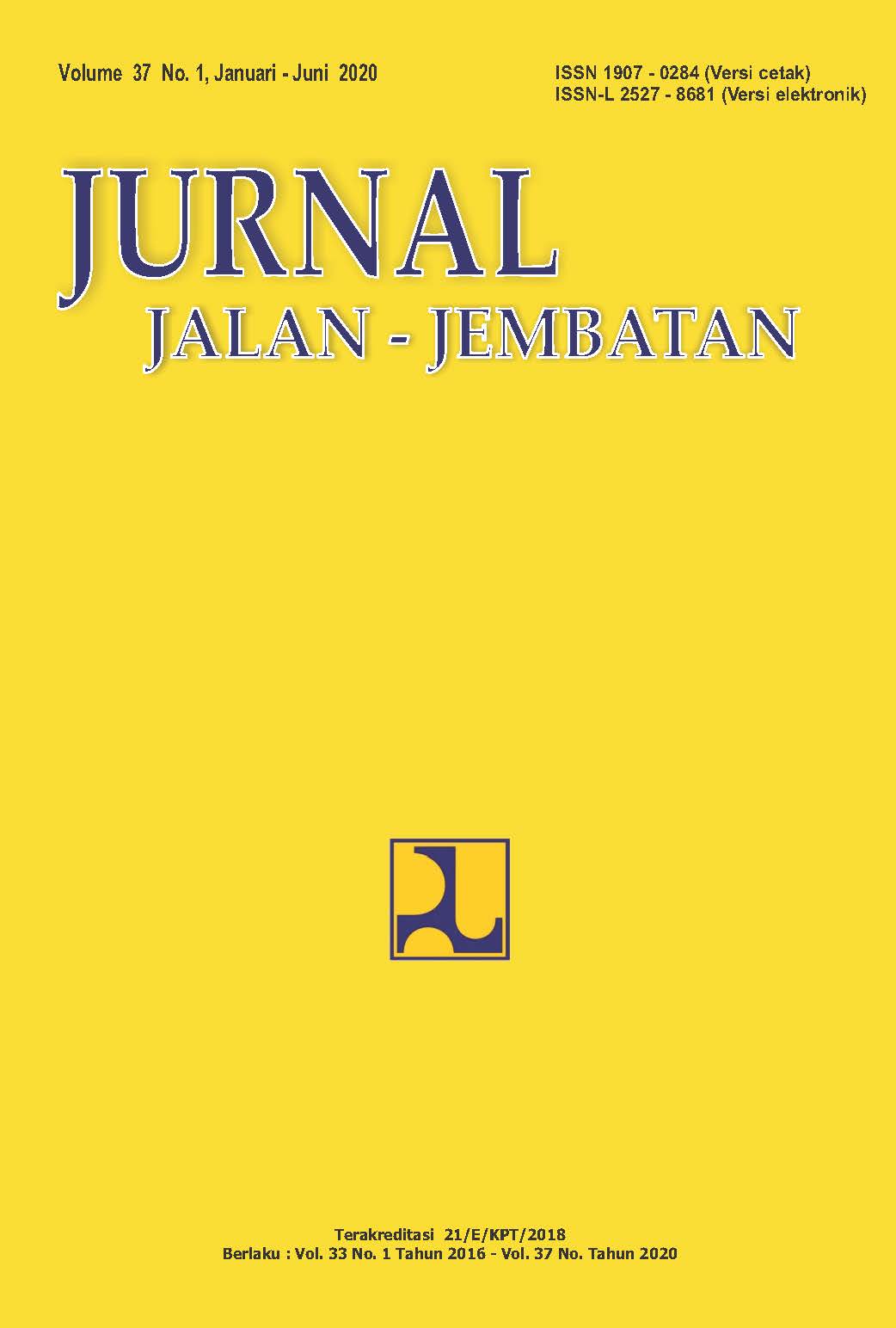ANALYSIS OF LIQUEFACTION POTENTIAL IN OBA ISLAND COAST, NORTH MALUKU Berdasarkan Data SPT Lapangan dan Tes Laboratorium
Main Article Content
Abstract
Liquefaction is a process or event that changes its nature from a solid to a liquid state, which is caused by cyclic loads during an earthquake. Various methods have been developed by experts to analyze the potential of liquefaction, both through investigations in the laboratory (sieve analysis test and unit weightl) and in the field, SPT and CPT. This study uses the results of SPT field tests and laboratory tests on the coast of Oba island, in the North Maluku Packing Plant building to evaluate the potential liquefaction that occurrs at that location because based on the 2017 Earthquake Map Book the study area is an earthquake-prone with a bedrock earthquake 0,4 – 0,5 g. Calculation of liquefaction potential using the deterministic method of Idriss-Boulanger and Koester & Tsuchida, the maximum acceleration of the land surface is calculated based on the 2010 Indonesian Earthquake Hazard Map. Calculation results show that liquefaction potential in location studies occurs at depths that have low soil density and in water saturation conditions. Soil that has a liquefaction potential occurs when the soil strength is less than the earthquake load (CRR <CSR), indicated by the safety factor value, FK < 1 and based on laboratory tests this soil is classified as poorly graded soil. Analysis of liquefaction potential related to the thickness of the layer approved by the liquefaction varies between 6 and 14 meters when an earthquake occurs with varying minimum magnitude values.
Keywords: liquefaction, SPT, deterministic, idriss-boulanger, tsuchida.
Article Details
Authors who publish in this journal agree to the following terms:
-
Authors retain copyright and grant the journal the right of first publication with the work simultaneously licensed under a Creative Commons Attribution License, which allows others to share the work with acknowledgment of the work's authorship and initial publication in this journal.
-
Authors may enter into additional contractual arrangements for the non-exclusive distribution of the journal's published version of the work (e.g., post it to an institutional repository or publish it in a book), with acknowledgment of its initial publication in this journal.
-
Authors are permitted and encouraged to post their work online (e.g., in institutional repositories or on their website) as it can lead to productive exchanges, as well as earlier and greater citation of the published work.
Each submitted manuscript must be accompanied by a "Manuscript Originality Statement" and a "Copyright Transfer Statement".

